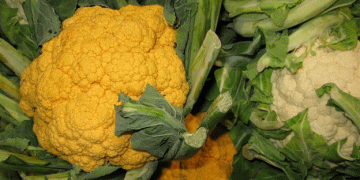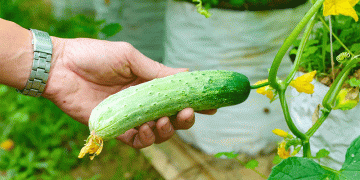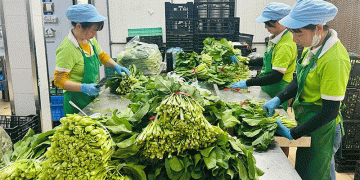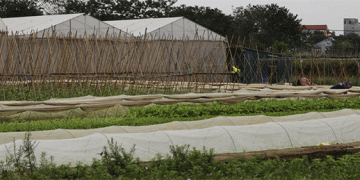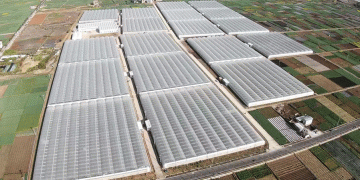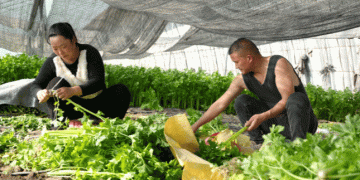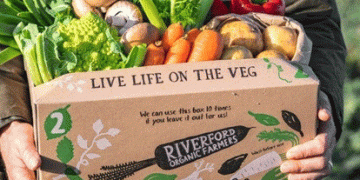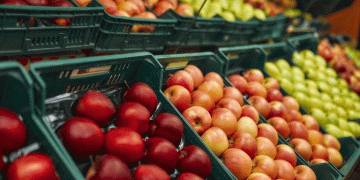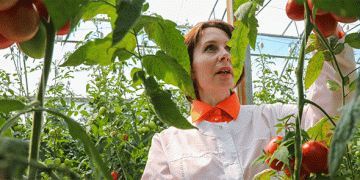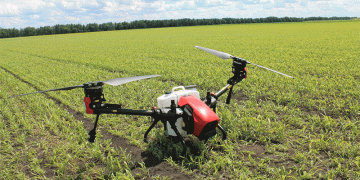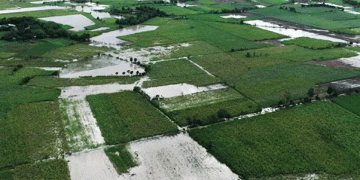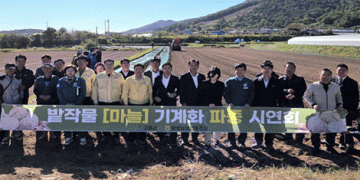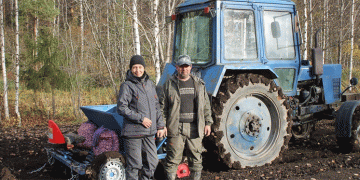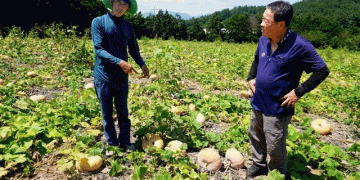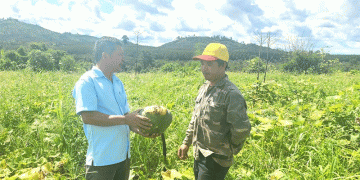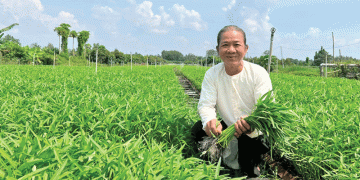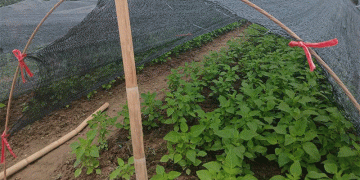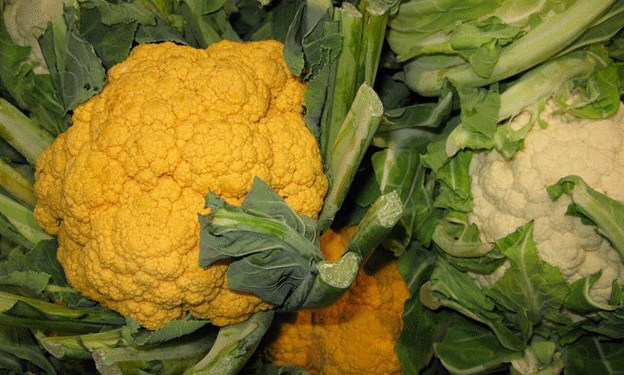The Village of Giants: How a Unique Alpine Microclimate Grows Record-Breaking Vegetables 🌄
Short Description:
In the French Alps, the small village of La Balme-de-Sillingy has become famous for producing enormous vegetables—some weighing over 20 kg or stretching meters long. Scientists and farmers alike are fascinated by the region’s unusual microclimate, which transforms ordinary crops into botanical marvels. Could understanding this natural phenomenon help us unlock new methods for increasing yield and plant health elsewhere?
Alpine Anomaly: Where Carrots Reach the Size of a Giraffe
Nestled in the Haute-Savoie region of southeastern France, La Balme-de-Sillingy is home to one of the most fascinating agricultural microclimates in Europe. While many growers around the world battle with unpredictable weather and declining soil fertility, farmers here are harvesting cabbages up to 23 kg, carrots over 5 meters long, and zucchinis that barely fit in a wheelbarrow.
What’s causing this extraordinary plant growth? According to ongoing studies from French agricultural institutes and independent soil scientists, the answer lies in a rare combination of topography, climate, and geological energy flows.
Microclimate Magic: More Than Just Good Weather
Unlike surrounding communes, La Balme-de-Sillingy enjoys a unique mix of environmental conditions:
- Stable annual temperatures, with slightly warmer microzones due to the south-facing valley slope
- Consistent humidity and moisture retention, allowing uninterrupted vegetative growth
- Alpine airflows rich in oxygen and minerals, funneled from higher elevations
- Unusual geomagnetic activity, believed to stimulate root development and nutrient absorption
Soil analysis conducted by researchers from the Université Savoie Mont Blanc revealed higher concentrations of trace elements and unusual microbial activity, resembling what has been found in some boreal ecosystems known for resilient plant growth under stress. Tectonic movement beneath the area is thought to generate mild electromagnetic fields, which may further enhance nutrient uptake at the cellular level.
Generations of Farming Wisdom and Specialized Techniques
Local farmers have learned to work in harmony with their environment, using traditional, low-impact farming methods passed down through generations. Instead of relying on synthetic fertilizers or aggressive tillage, they practice:
- Manual compost application, using plant-based fertilizers
- Intercropping and soil rotation, ensuring nutrient balance
- Timing based on lunar and solar cycles, a legacy of ancient Alpine agronomy
- Minimal irrigation, leveraging the natural moisture-retaining properties of the valley soil
These methods don’t just support plant health—they maximize the natural potential of the unique terroir, resulting in some of the most visually striking crops in the world.
A Harvest Worth Celebrating: The Giant Vegetable Market
Every September, the village hosts the “Marché des Légumes Géants”—the Giant Vegetable Market. This agricultural fair transforms the village square into a surreal showcase of oversized produce. Beyond just spectacle, the event serves multiple functions:
- Scientific observation, as botanists and agronomists take samples and measurements
- Cultural preservation, highlighting centuries-old farming traditions
- Community celebration, drawing in tourists, chefs, and fellow farmers
Selected specimens are displayed in a permanent botanical gallery in the heart of the village, helping promote agro-tourism and local economic development.
Global Lessons from a Local Miracle
While the phenomenon of giant vegetables in La Balme-de-Sillingy may seem like a local curiosity, it opens broader discussions on how microclimates and sustainable farming practices can drastically improve yields and crop resilience. The key takeaway? Exceptional results don’t always require high-tech interventions—sometimes, understanding and working with the land can lead to nature doing the heavy lifting.
As climate change reshapes global growing conditions, the story of this Alpine village offers both hope and insight for those seeking sustainable, high-performance agriculture.
